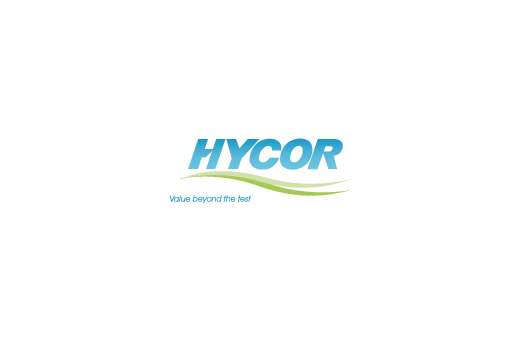Anti-Gliadin IgA
Anti-Gliadin antibodies are found in patients with Coeliac disease. This is a relatively common disease and can affect between one in three hundred to one in two thousand adults depending on the country. Gliadin is a mixture of around 50 components and has a molecular weight of 16-40kD. Gliadin can be divided into four major fractions according to electrophoretic mobility. Studies have shown that these fractions as well as prolamins contained in barley, oats and rye have toxic effects on patients with Coeliac disease.
In Coeliac disease the destruction of the gut villous structure increases the permeability of the absorptive area to macromolecules. This leads to increased antibody production to food proteins such as Glaidin which is the ethanol soluble fraction of wheat gluten.
The diagnosis of Coeliac disease currently involves taking jejunal biopses as outlined in the European Society for Paediatric Gastroenterology and Nutrition (ESPGAN). Generally three tests are performed on children and two on adults. The stresses to the patient of undergoing several biopsies and changing their diet can be severe. There is therefore a great requirement for a less invasive method of testing for Coeliac disease especially in children.
Methods for detecting anti-gliadin antibodies include indirect immunofluorescence (IIF), mixed reverse (solid phase) passive antiglobulin hemadsorption, radioimmunoassay and enzyme linked immunosorbent assay (ELISA).
The AutostatII assay for detection of autoantibodies is a solid phase immunosorbent assay (ELISA) in which the analyte is indicated by a colour reaction of an enzyme and substrate. The AutostatII wells are coated with purified antigen (1).
On adding diluted serum to the wells the antibodies (2) present bind to the antigen. After incubating at room temperature and washing away unbound material, horseradish peroxidase conjugated anti-IgA monoclonal antibody (3) is added, which binds to the immobilised antibodies.
Following further incubation and washing, tetra-methyl benzidine substrate (TMB) (4) is added to each well. The presence of the antigen-antibody-conjugate complex turns the substrate to a dark blue colour. Addition of the stop solution turns the colour to yellow.

